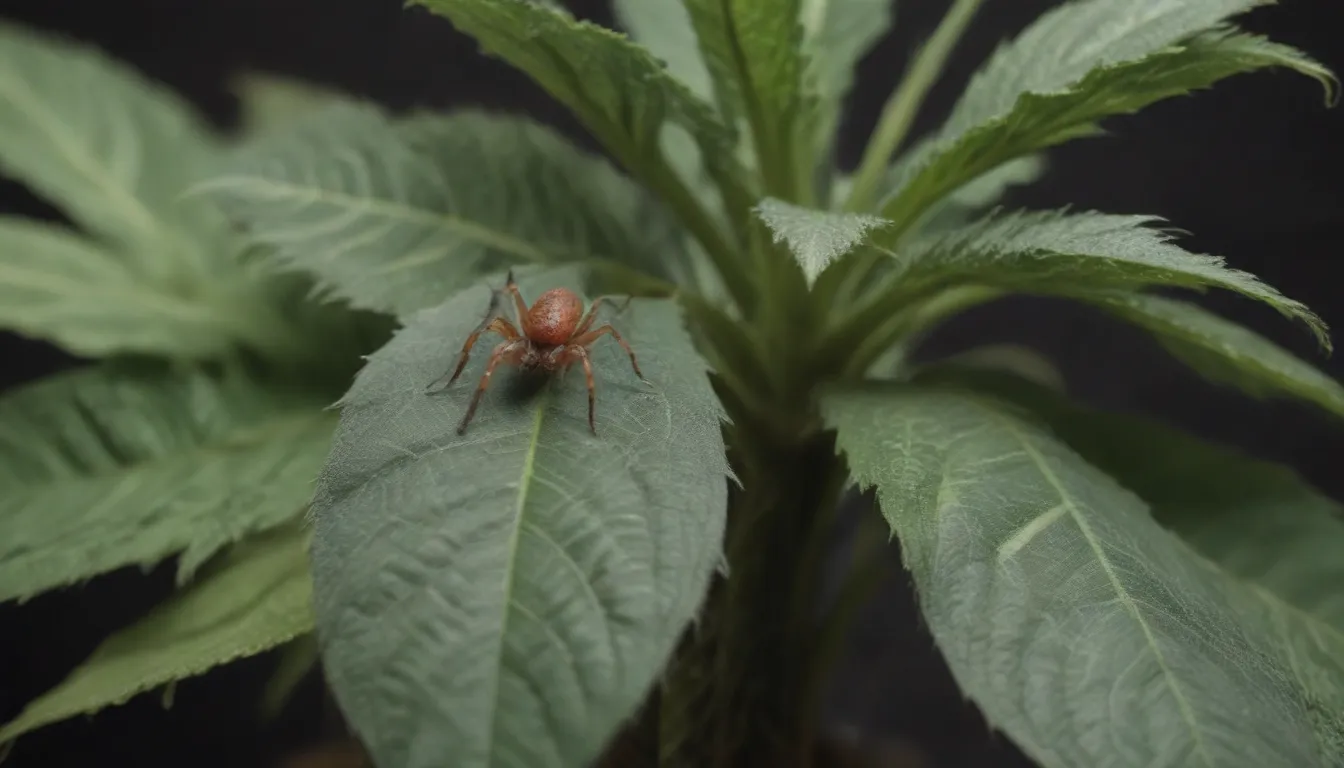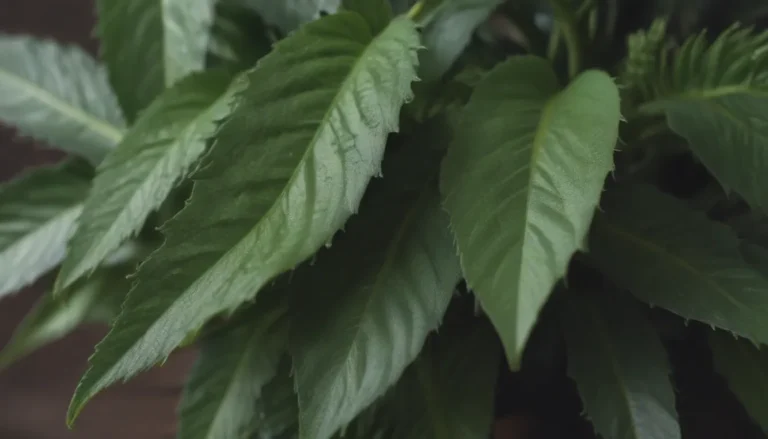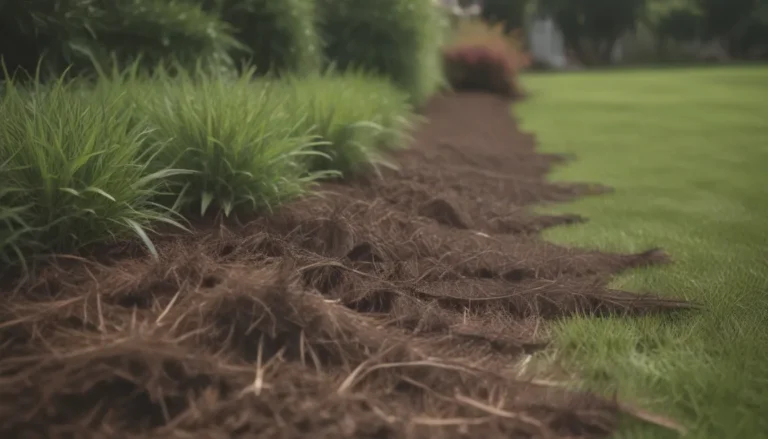The Complete Guide to Identifying and Dealing with Spider Mites on Your Houseplants

If you’re a plant lover like me, you probably know the sinking feeling of discovering pests on your beloved houseplants. One of the most common culprits, spider mites, can wreak havoc on your indoor greenery if left unchecked. Recognizing the early signs of spider mite activity is crucial to saving your plants and preventing further damage. Luckily, with a keen eye and a proactive approach, you can nip a spider mite infestation in the bud before it becomes a full-blown problem.
What Are Spider Mites?
Spider mites are tiny arachnids that belong to the family Tetranychidae. These pests are known for their ability to spin webs, which is a common trait you can use to identify their presence on your plants. There are approximately 1,600 species of plant mites, with the two-spotted spider mite being the most commonly found on houseplants. These creatures are usually gray to green or yellowish in color, with overwintering females displaying an orangish red hue. They have eight legs and spherical bodies with two dark spots, making them relatively distinctive when observed up close.
Early Signs of Spider Mite Infestation
-
Webbing: The most visible early sign of spider mites is the presence of fine, silken webbing on your plants. This webbing typically starts out small between closely-spaced plant parts and can indicate the beginning of an infestation if left unchecked.
-
Stippling on Leaves: Spider mites feed on the undersides of leaves, sucking out plant juices and leaving behind tiny white or yellow spots. This stippling effect is a common sign of their presence and may require a hand lens to detect. Extensive damage can lead to the formation of holes in the foliage.
-
Leaves Yellowing and Dropping Off: Yellowing foliage can be a sign of various plant problems, but if your plant is well-hydrated and still experiencing leaf loss, spider mites could be the culprits. Premature leaf drop indicates significant damage to the plant’s nutrient flow, leading to chlorosis.
-
Stunting on New Growth: When new leaves fail to unfurl properly or flower buds drop before blooming, it may be a sign of spider mite damage. These pests can hinder a plant’s growth and vigor, resulting in misshapen or stunted new growth.
Understanding Chlorosis
Chlorosis is a term used to describe the uniform yellowing of plant leaves, which can be caused by various stresses such as underwatering, overwatering, lack of light, or nutrient deficiencies. When you notice chlorosis in your plants, it’s essential to investigate further to determine the root cause and address any underlying issues that may be contributing to the problem.
Dealing with Spider Mite Damage
If you suspect that your houseplants are infested with spider mites, prompt action is crucial to prevent further damage and spread to other plants in your collection. Here are some steps you can take to address a spider mite infestation:
- Isolate the Infected Plant: Separate the affected plant from other houseplants to prevent the spread of spider mites.
- Inspect Thoroughly: Examine the plant closely for signs of webbing, stippling on leaves, or yellowing foliage.
- Remove Webbing: Carefully remove any visible webbing from the plant without causing irreversible damage.
- Use Natural Remedies: Consider using horticultural or neem oil to treat spider mite infestations. Make sure to follow label instructions and treat the undersides of leaves where the pests often reside.
Tips for Effective Treatment
- Avoid Inorganic Pesticides: Refrain from using inorganic pesticides on outdoor potted plants infested with spider mites, as these pests have natural predators that can help control their population.
- Regular Cleaning: Keep your houseplants well-hydrated and free from dust to deter spider mites from infesting your plants.
- Preventive Measures: Consider preventive treatments with horticultural or neem oil to protect your plants from potential infestations. Additionally, inspect your plants regularly for any signs of pests or diseases.
By taking proactive steps to detect and address spider mite infestations early on, you can protect your beloved houseplants and ensure they thrive in a healthy environment.
Sources: Missouri Botanical Garden, United States Department of Agriculture, University of California Agriculture and Natural Resources





